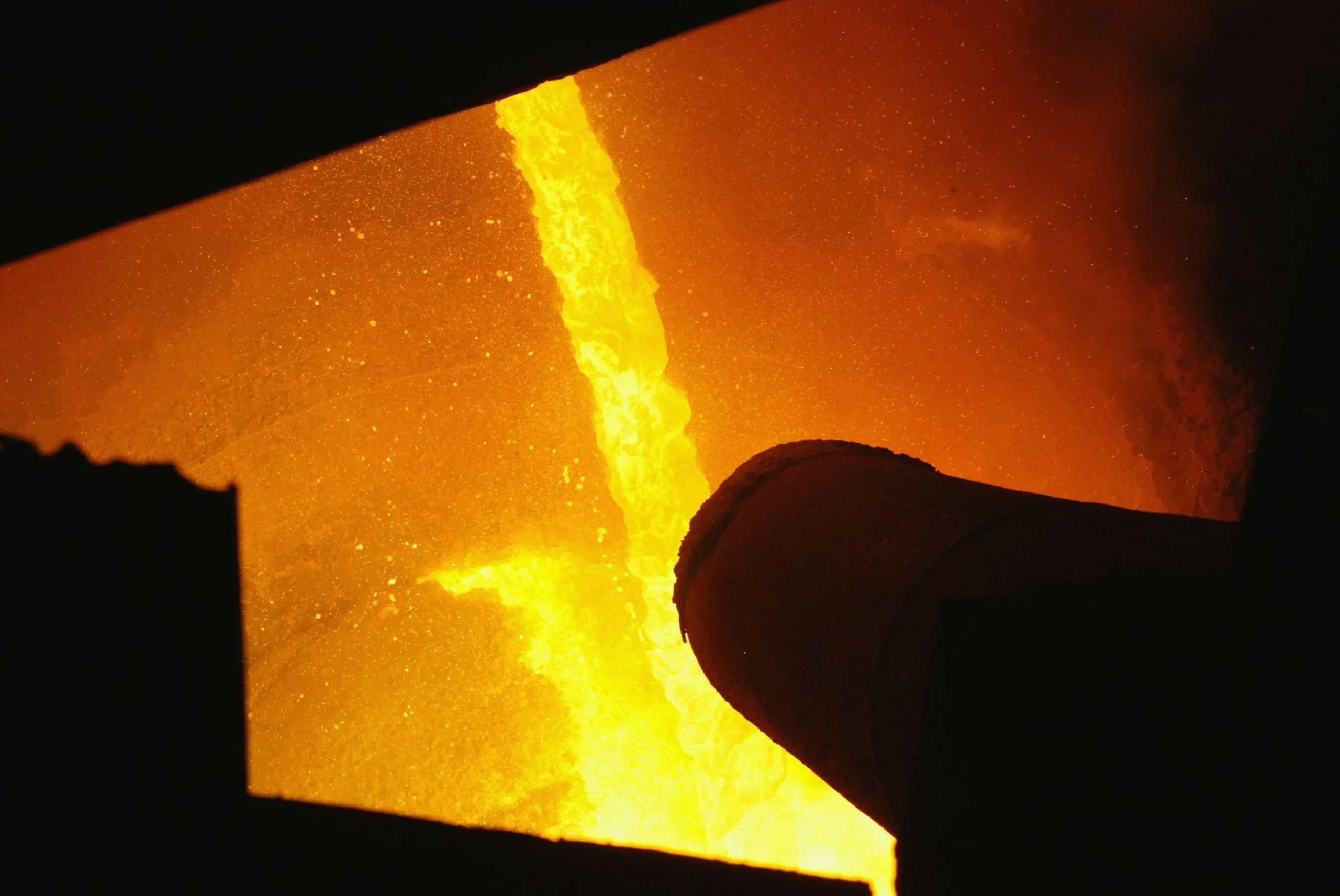
Steel: water instead of carbon dioxide
New technology being developed in Sweden to make steel from fossil-free hydrogen will reduce the steel industry’s carbon dioxide emissions by millions of tonnes – and replace them with water.
Steel is an alloy that consists of at least 50 per cent iron and a maximum of two per cent steel, with other alloying elements determining its properties. When steel is made from iron ore in blast furnaces, coal is used to reduce iron oxide to iron. Coke-fired blast furnaces generate 85 per cent of the steel industry’s carbon dioxide emissions. The steel industry today accounts for 12 per cent of Sweden’s carbon dioxide emissions.
Fossil-free steel
Large quantities of fossil-free electricity at competitive prices are key to the steel industry’s climate transition. The phasing out of fossil energy from iron and steel manufacturing processes is estimated to account for the largest increase in electricity use in Sweden to 2045.
100 per cent-recyclable
Steel is a versatile material with a long lifespan that is also completely recyclable. It is easy to recycle iron and steel an infinite number of times without reducing quality. A large proportion of steel mills use scrap as raw material and are an integral part of a recycling system for iron and steel scrap. Steelmaking from scrap is significantly more energy efficient as steel only needs to be remelted and no reduction is necessary.
Advanced steels create climate benefit
High-quality steel is already providing considerable benefit for the climate by helping to enable the climate transition. Every third wind turbine has rings manufactured in Sweden for the rotational storage of the main shafts. High-strength Swedish steel enables lighter, material-saving construction. Each year, more than 10 million tonnes of carbon dioxide emissions from vehicle engines can be reduced due to special steel that enables diesel injection under extremely high pressures, which helps to reduce fuel consumption over the lifetime of an engine.
Further information
Learn more about the iron and steel industry’s climate benefit and climate transition plans here: Press here